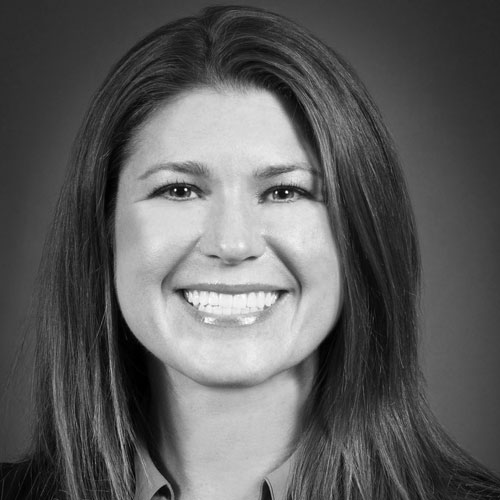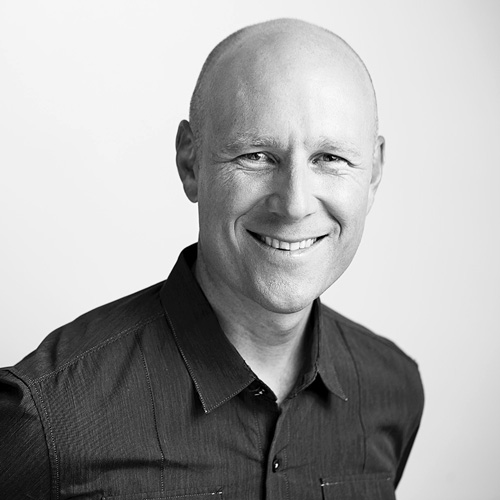How does one go about initiating a cultural transformation process as you did with Extreme Networks?
Kelley Steven-Waiss: First, you have to understand the context of the organization both from the business perspective and the people perspective. Without one, you can’t start to understand the other. I always look at things very systemically. If you are trying to define culture, you need to first understand the strategy you’re trying to implement, and make sure the culture will align with that strategy. I’m in strong agreement with the “culture trumps strategy” point of view.
Approaching a transformation systematically means understanding all the levers you need to pull to drive culture—recognition and rewards, leadership, structure, process, communication, and technology. In order to really make that culture stick, it needs to be a very inclusive process so that all employees can connect and live that culture, which becomes the operating system of the business. We began building and driving the culture change by understanding where we were going and the core behaviors or values that we wanted people to emulate. We then tied everything back to a clear change mantra called “One Extreme.”
Another important point about going about this change carefully and deliberately was that I conducted a listening and learning tour right when I came on board. There are so many insights you gain when your mind is open and you haven’t been jaded by “the way we do things around here.” That global listening and learning tour, along with focus groups and interviewing employees at all levels, set up our path to success.
As we embarked on the One Extreme initiative we had what we called “open-door sessions.” Many of our executives used this channel to get in front of employees, whether on product strategy and road maps, the sales transformation, or a new compensation plan.
Additionally, as any good CHRO knows, without a solid pay-for-performance infrastructure, you can’t incentivize those behaviors crucial to driving the culture. We designed and rolled out a new performance management program called Extreme Exchange, which connected our “growth mind-set” and philosophical beliefs. We needed to capture the conversations between managers and employees, and take out the “rank and yank” style of management, which could have eventually eroded our efforts.
Sounds like you were in nonstop project mode when you got there.
Steven-Waiss: Driving a culture change and company transformation is not for the faint of heart. As my CEO often says, “We are painting the ship while the ship is moving.” There is no time to waste debating details or living with the status quo. I had to be willing to launch several initiatives at once. That meant defining and communicating a new people strategy, restructuring roles in my organization, hiring new talent, laying the groundwork for a revised employer value proposition, and paying-for-performance foundation (core values, performance management program, new incentive plans, and a formal recognition program). All of this to ensure the cultural shift could be successful. I knew the importance of ensuring that everything could hang together.
In doing all those things together, what stands out as the most challenging to execute?
Steven-Waiss: I think the most challenging has been launching so many foundational elements to the culture change at once. We recognized that implementing a new performance management process without core values wouldn’t be prudent. There were so many building blocks that needed to be in place, and you can’t let go of the general day-to-day operations of human resources. I personally felt the weight of the changes when we had to take the company through a global leveling exercise while also keeping all our strategic projects on target. I give a lot of credit to my team, who persevered through long days and challenges to execute successfully.
What were the most surprising discoveries you made along the way?
Steven-Waiss: Something really exciting for me was how hungry these people were for the changes we were implementing. We had over 700 people respond to a survey within two weeks—700 out of 1,550 full-time employees—an amazing response, in addition to hundreds of volunteers for focus groups. And that participation has not let up. We conduct surveys after every event or program rollout. And my team and I comb through every open-ended comment. Feedback is a gift—you need to do something with it. I know our employees feel we are listening. We may not always get it right—but we listen and take feedback. That feedback instructs every project we tackle, and we share with the executive team to help instruct wide system change in our execution and driving our One Extreme culture. I have never seen, in any organization I’ve ever worked in, this level of commitment to change.
What do you attribute that to?
Steven-Waiss: We have a burning platform for change. Networking is softening, and competition is fierce. As a company with 3–4 percent market share, you can’t sit around and hope things get better. Our employees want to be masters of their own destinies, and we needed to capitalize on that burning platform externally and internally to make the “right” change happen. I think, intrinsically, everybody wants to be part of a winning team, and Extreme employees want to contribute.
How are you leveraging social tools to support this new One Extreme culture?
Steven-Waiss: In addition to a very robust Twitter program driven externally from our marketing team, we are working to leverage social media tools internally with our employees. One output is a peer-to-peer recognition that will be executed in our online collaboration community. Employees and managers will be able to badge each other for living our core values, and they will have an allotment to supercharge recognition with gift certificates that will not be required to have manager approval. We are empowering our employees to act and recognize our values. This collaboration and recognition program will have a gamification element that will keep interest and just be fun. One of the key requirements will be to have these core values and recognition influence as an aspect of performance reviews. Managers will take this into account and have real-time feedback. This is instrumental in driving a culture of collaboration.
How does your performance review system keep that goodwill going?
Steven-Waiss: We look at what’s called CCRI, which is Career, Capability, Relationships, and Impact to goals. What are your career aspirations? What are your capabilities as you see them and as I, a manager, see them? Where are we aligned, and where do we have gaps? How can we develop you to either acquire capabilities for your current job, or to latch those to career aspirations that you have? It requires management to really have an authentic conversation, and managers have to be very prepared, which builds trust and mutual accountability to our employees’ success.
What is the culture that comes out of all this?
Steven-Waiss: Remember what I said about culture needing to drive business outcomes? I think the culture that I hope (I don’t want to declare victory too early) to come out of this is one that is diverse, high-integrity, collaborative, inclusive, customer-focused, and results-oriented.
And you recently launched a diversity initiative.
Steven-Waiss: We just launched our Extreme Women’s Leadership Forum, and we had just under one hundred people attend—some men attended as well, which is a sign that it’s not just about diversity, but inclusion. We hope that over time we are a mirror of our communities around the world and the customers we serve.
Any advice for other CHROs about to embark on a culture transformation?
Steven-Waiss: Tie everything you do back to the business outcomes, involve as many people as you can, ensure that you have a coalition of change agents to make sure the culture sticks, and celebrate milestones along the journey—it’s a long but rewarding process.

